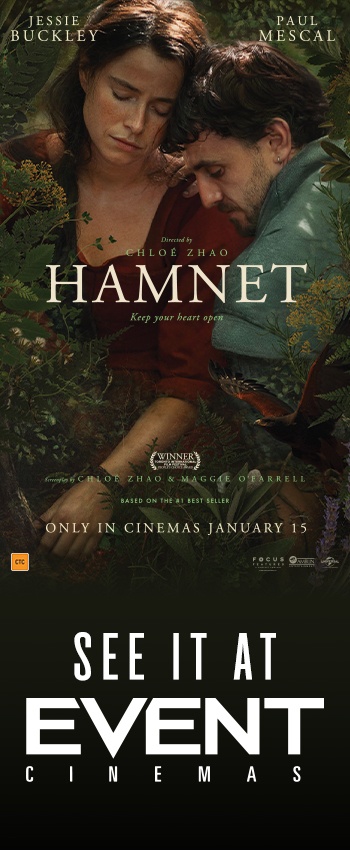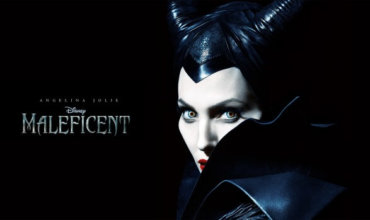London, somewhere in the mid-1950s. Reynolds Woodcock (Daniel Day-Lewis) is a fashion designer to high society and European royalty. His is the creative part of the House of Woodcock, while his sister Cyril (Lesley Manville) manages the financial and operational side of the business. The siblings are in their 50s and are set in their ways. The business is in the centre of their life. No other element is allowed to interfere with this enterprise.
Reynolds is a demanding, controlling personality. This is first related to us by a young woman called Alma (Vicky Krieps). She speaks to an unseen interlocutor. As the story unfolds, we discover how she meets Reynolds one day when he stops at a restaurant in the country where she works as a waitress. She is captivated by this charismatic, sophisticated older man and agrees to go on a date with him. In short order, they begin some version of a relationship. Alma becomes Reynold’s muse, but they do not have a conventionally romantic or sexual relationship. It is difficult to understand what Reynolds gets from his association with Alma and this causes her increasing distress.
This is one strand of PHANTOM THREAD, however writer-director Paul Thomas Anderson has a great deal more packed into his scenes; the film teems with themes. It is about creativity, art, commerce and fashion. It is also about the differences between social classes as shown in the different statuses of Alma and Reynolds and by the different lives of the seamstresses who work downstairs and the clients who arrive for their perfectly created garments, upstairs. It also poses larger questions of the heart and soul: How do we love each other; how do we learn to love others; how do lovers negotiate dominance, submission and power? The creative experience of Paul Thomas Anderson means this is all beautifully,almost invisibly, stitched into the fabric of the film.
Daniel Day-Lewis announced his retirement from acting with this production. Let’s hope this move proves temporary, rather like Steven Soderbergh’s retirement from producing, directing and cinematography. The first time I saw Day-Lewis was in MY BEAUTIFUL LAUNDRETTE (1985). He was 27 years-old and his screen presence was mesmerising. It was his breakout role and soon enough he was causing a stir in movies like MY LEFT FOOT (1989), THE AGE OF INNOCENCE (1992) and THE CRUCIBLE (1996). He has played many different roles, but they usually share a notable level of intensity and impact. His characters don’t fade into the background.
Reynolds Woodcock is painful in his obsessiveness. At times, he seems elegant and creative and at others he is a pitiful, ageing man trapped within himself. Day-Lewis plays the many shades of Reynold’s character with such nuance and subtly that we are compelled to know what is coming next. Krieps as Alma appears to be a more passive role and yet she eventually brings forth unexpected aspects to her character. We in the audience think we know Alma and Reynolds, but actually there is always more going on than we realise.
Paul Thomas Anderson has created yet another obsessively detailed, finely-crafted world. His take on the 1950s is inspired by the films and photography of that era as Todd Haynes’ CAROL (2015) is, although Anderson’s film has a notably larger budget and the benefits that brings. We marvel at the style of the beautifully lit and composed images. This version of the mid-twentieth century merges with our own personal archive of what this era looked like. Once we buy into this artfully constructed version of history, then we can unravel what is happening between Alma and Reynolds. Their relationship is certainly marked by the 1950s, but as always, when telling a love story, there is also something universal and timeless occurring.
Day-Lewis, Krieps and Manville are all excellent in this unusual, unpredictable love story. 140 minutes running time. (8.5/10)




